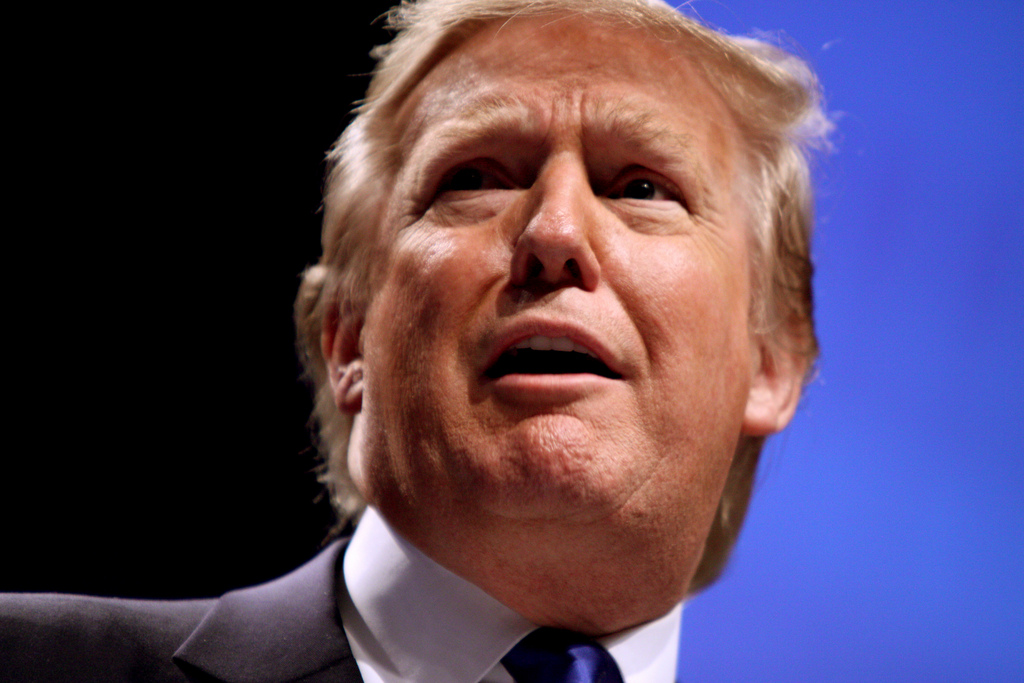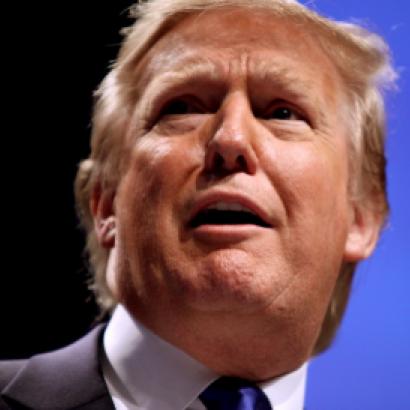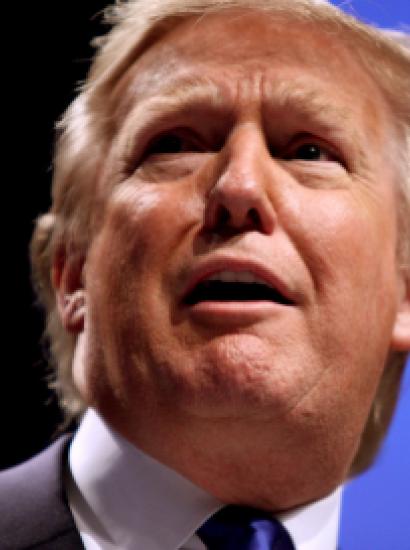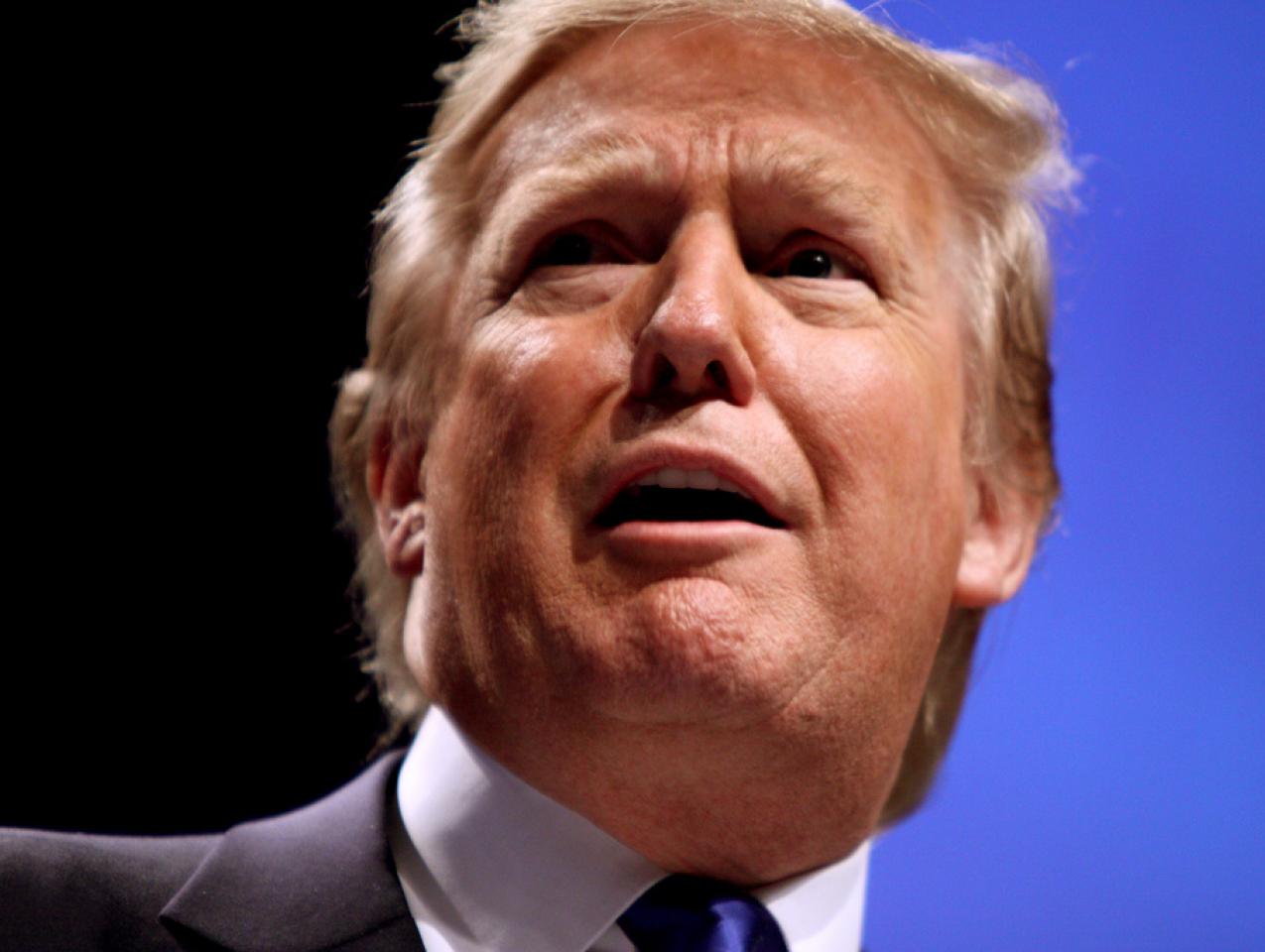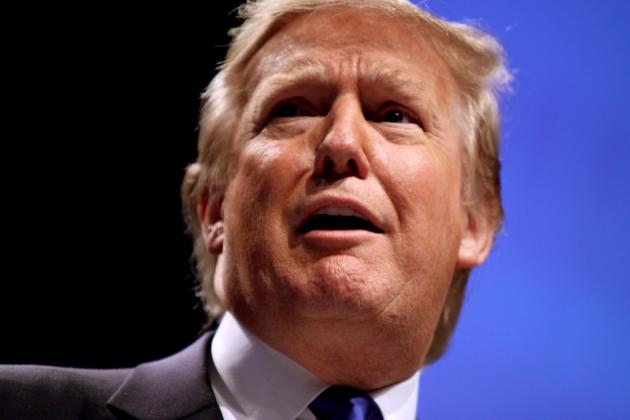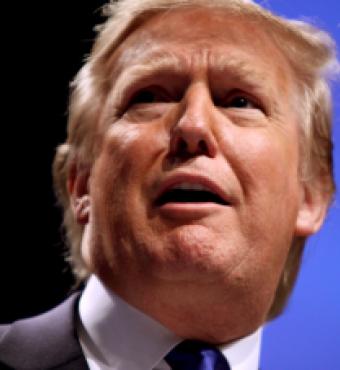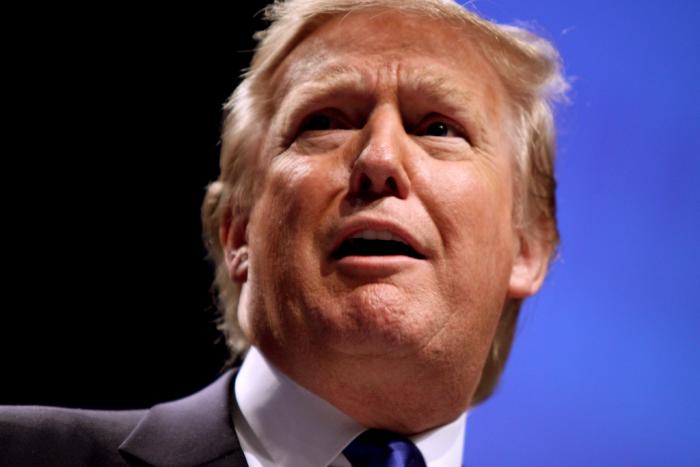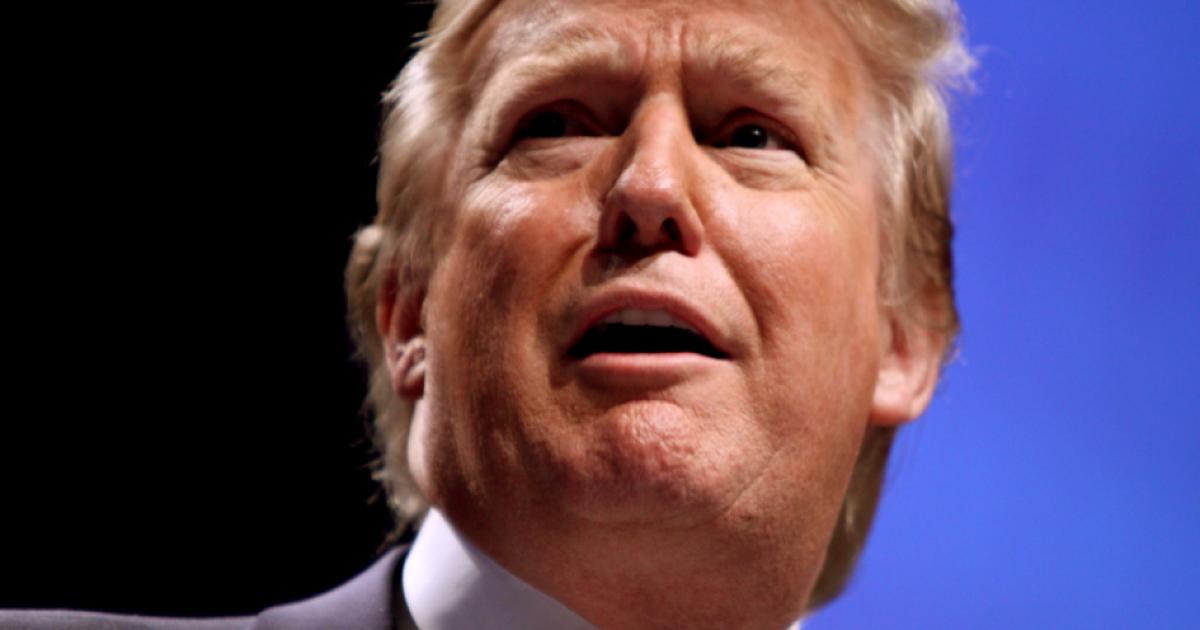- Politics, Institutions, and Public Opinion
Make no mistake about it: The dominant theme of the current presidential campaign—on both sides of the aisle—is economic populism. Bernie Sanders and Hillary Clinton have both articulated misguided populist positions meant to appeal to the middle class—as has the bellicose Donald Trump, who is currently the GOP frontrunner. In recent weeks, Trump has turned his energy and attention to attacking our financial elites. Thus last month he said on CBS’s Face the Nation: “I have hedge fund guys that are making a lot of money that aren’t paying anything. They're paying nothing and it’s ridiculous. I want to save the middle class. The hedge fund guys didn't build this country. These are guys that shift paper around and they get lucky.”
It is dangerous to take a demagogue seriously. But Trump’s remarks, given his popularity, deserve some parsing. He addresses the status of the financial services industry writ large while also tacitly attacking the so-called carried interest rule, under which those “hedge fund guys” get to receive favorable capital gains treatment for a large portion of their total compensation.
On the first point, Trump denounces hedge fund tycoons for getting huge chunks of money by doing very little, if anything, at all. To him, being lucky explains their success. As the old Gershwin song puts it: “It’s nice work if you can get it.” But it is less clear, as the song claims, that “you can get it if you try.” High compensation for hedge fund financiers is nothing new. So the obvious question is, why do people pay them the big bucks if they are doing virtually nothing? In a market economy, you are supposed to get back value for value given, but in Trump’s world, the hedge fund players have bamboozled the rest of us by commanding huge sums of money just for shifting paper around. It is as if the entire world has meekly agreed to subsidize a self-contained trading system with no extrinsic value, without ever catching on to the scam.
The reality is the opposite of what Trump claims. When these hedge fund guys trade, they are not just haphazardly shifting paper around. They are shifting paper as a means to transfer wealth and reallocate risk. Nor do they do it in a self-contained universe. They have paying clients who need accurate information and reliable execution to enter into transactions essential to their business survival.
In countless ways, the financial system—and the bankers and hedge funders that are participating in it—supports the so-called real economy. Start with the simple notion of liquidity. People need to have access to cash and cash equivalents all the time to pay bills and to make investments and gifts. It is those hedge funders who organize complex payment systems—credit, debit, electronic funds transfers, and more—that allow for literally billions of small and large financial transactions to take place every second of every day.
Perhaps these bankers did not build this country by laying down the bricks and mortar for various roads. But even an ignoramus like Trump should know that the scarce commodity in setting up these systems is the architecture and design that allows for individual transactions to go effortlessly forward. The fact that no one pays these transactions any mind is a tribute to how well that task is being done.
Many businesses also operate in international markets. When a manufacturer hedges a currency risk, for example, it eases its long-term planning ability, knowing that a fixed sum has allowed it to remove or control the serious risk of currency fluctuation. This risk could increase their production costs, reduce their output, and result in the layoff of middle class workers on the assembly lines—but it is controlled and hedged because of the modern financial system.
These risk-management systems are not self-funding. Someone has to make financial investments that stoke the engines. Millions of people have savings and pension funds and stock and bond portfolios that do not magically organize themselves free of human intelligence and coordination. Acting as isolated individuals, these small fund owners have no idea which investments to make, how long to hold them, and when to sell them. It is the “hedge fund guys” that take up this challenge.
Trump thinks he knows how the individuals who work in this highly risky, highly stressful, highly visible, and highly regulated space should be compensated. But he should think twice before second guessing how independent businesses led by trained professionals should best compensate their key employees. Humility is the first sign of wisdom in examining these far-flung markets. It is a commodity in short supply for Trump and the many other populists who want to manage other people’s money.
Turning to the second issue, the proper treatment of carried interest raises serious technical challenges, given the current structure of the income tax. The cardinal distinction of the Internal Revenue Code is between ordinary income (roughly: wages, interest, and dividends) and capital gains. These gains are measured by the difference between the amount received on the sale or other disposition of a capital asset—here largely stocks and bonds—less its adjusted basis, which equals its cost, which is then increased by any additional investment or reduced by any return of capital to shareholders.
The current law subjects capital gains to favorable tax treatment, at least for sales of assets held for over one year. The logic behind the distinction is that individuals have no choice as to when they receive ordinary income, but can easily defer the payment of any tax on capital assets by refusing to sell them. Part of the logic of favorable capital gains rates is to encourage the redeployment of assets into more productive assets. In fact, so long as the amount received from the disposition of one capital asset is reinvested in another, the appropriate tax rate is zero. With more efficient asset allocation, the government gets its revenues from higher corporate profits, dividends, and interest payments.
One serious difficulty with the current scheme is that it is hard to separate out earned income from capital gains in transactions. In virtually all hedge fund deals, the fund managers get intermixed returns from both labor and capital from the same transaction. But this is not unique to these transactions. Even if they do not have independent investments in the fund, once their interest is vested, it becomes a capital asset. That result happens in many family partnerships, where the individual owners draw both a salary and also a benefit from the lower capital gains tax on the disposition of their partnership interest. Normally their salary determinations will stand unless the taxpayers wildly understate the value of their services.
Making these calculations are hard in the hedge fund business. Typically, a portfolio manager receives some fixed management fee—say two percent of assets—independent of fund performance, which everyone concedes is taxed at ordinary income rates. But the same manager received a deferred or carried interest that can be equal to 20 percent of the fund’s gains at the end of a given tax period. This “carried interest” gain normally receives favorable capital gains treatment. But by the same token, there is relative overtaxation if this gain is treated entirely as ordinary income.
To see why, assume that the value of a fund goes up by 10 percent per year. All of the passive investors treat that increment as a capital gain, driven in part by a change in market conditions and in part by the efforts of the fund managers. In principle, the fund managers should receive capital gains treatment for value shifts that are a function of those external forces, even though it is difficult to measure, and treat only the remainder as compensation for services rendered.
The situation gets even more complicated when the fund suffers a loss, all of which is treated as a capital loss to the fund investors. For the fund managers that loss flows from both the change in market conditions as well as individual labor, which means that on the down side they should receive, at least in part, less favorable capital loss treatment when they sell their stake. If the fund goes down in one year and up in the second, it is unwise to treat the increment in the second period as ordinary income and the decrement in the first period as capital losses. Instead the two years should net out.
Getting the right allocation is beyond basic measurement capabilities, so perhaps the correct solution is a cross between the two systems. Take the deferred compensation and treat it half as ordinary income and half as capital gain, to reflect, however imperfectly, the two forces at work in the opposite direction.
If this is regarded as an unhappy and artificial solution, chalk it up to a system that keys taxation to two types of income even in cases where there is no clear separation between them. The game looks, however, very different if we switch from an income to a consumption tax, which for these purposes can be defined as the current income tax less any gains of ordinary income or capital gains that are saved and reinvested. At this point, there is no need to police the blurred line between ordinary income and capital gains. It is sufficient to put all income from whatever source into one bucket, and then to tax it according to how it is used, not acquired.
The consumption tax necessarily has a smaller base than the income tax, but on balance it should be easier to administer, chiefly by requiring individuals who want to defer spending to put the money into designated accounts, similar to current IRAs, on which they pay tax only when the money or its proceeds are withdrawn. The consumption tax could be either progressive or flat. I prefer the latter for the same reason that I prefer a flat income tax. It is easier to administer and raises fewer questions dealing with the bunching of income in given tax periods or its distribution among different members of the same close-knit family unit.
The basic point here is that it takes some close analysis—which seems utterly beyond Trump’s abilities—to address and resolve these knotty issues. It is regrettable that ignorance has driven a debate that needs some serious and informed attention.
The past decade has been a slow growth period defined by the progressive policies of taxation and regulation, the result of which has been a steady deterioration in the position of the middle class. The American growth engine cannot be revved up by populist pleas. The sooner we can stop listening to the ill-considered barbs of Donald Trump, the better we shall all be.







